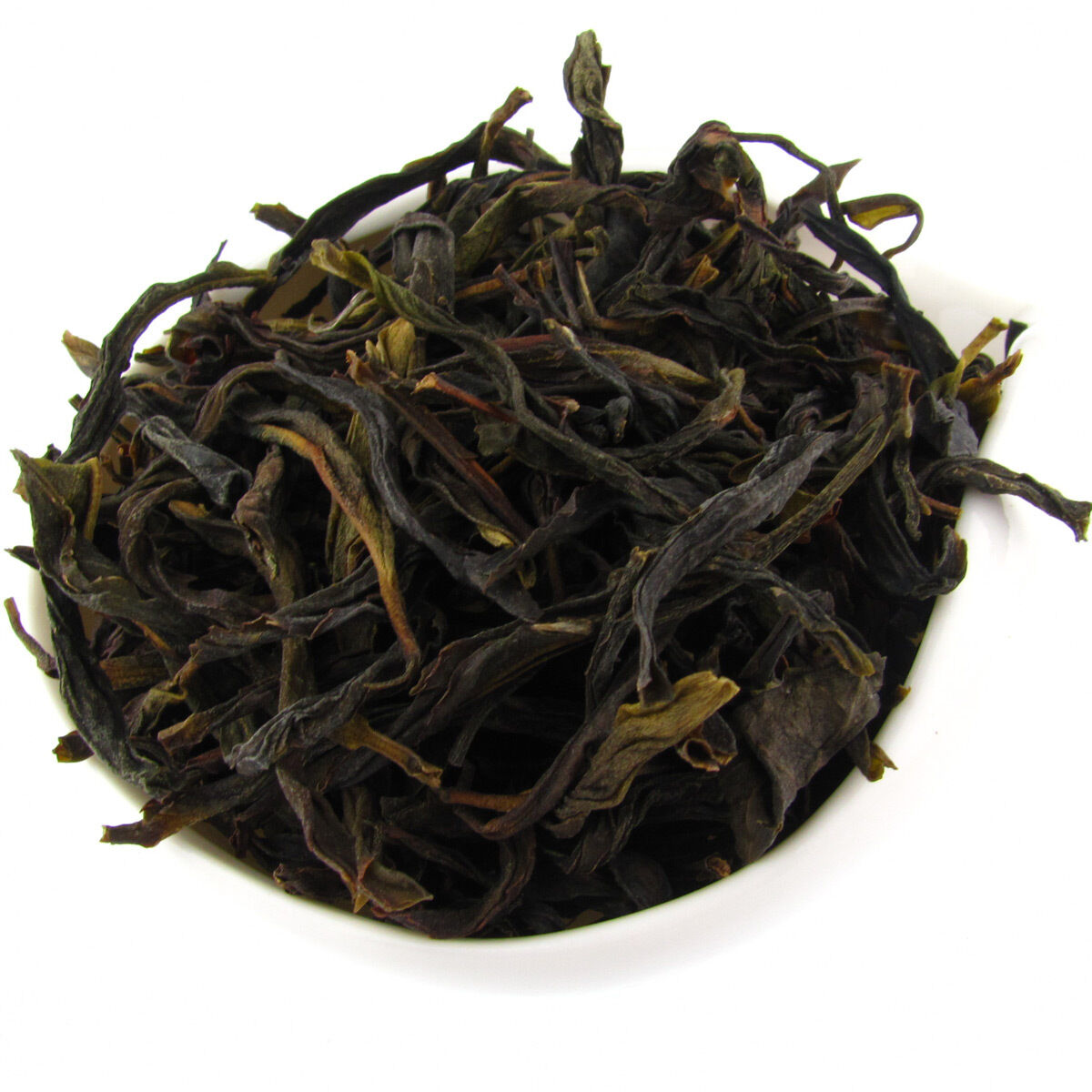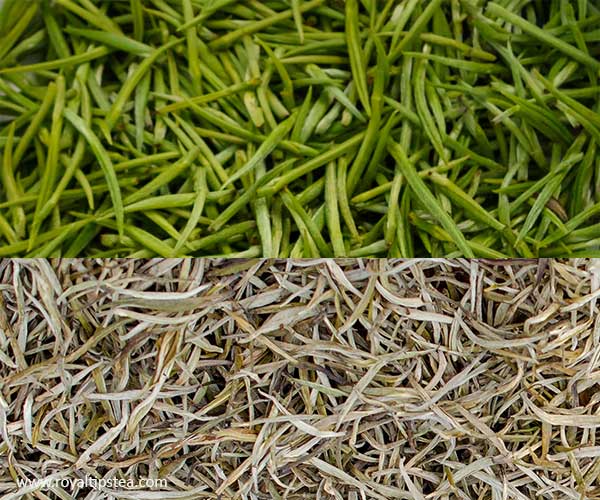The Origin Story of Phoenix Dancong Oolong the four major producing areas and their characteristics of oolong tea in China
The special origin of Dancong oolong tea Sequoia koraiensis originated in Chaozhou, Guangdong Province in southern China, and is famous for producing Dancong oolong tea. Here is a tropical climate, subtropical climate, yellow-red soil fertile. According to the local historical records of Chaozhou, the nearby Fenghuang Mountain began to grow tea more than 600 years ago. The tea area of Fenghuang Mountain is very large, with many different peaks. Wudong Mountain, the highest peak, is the starting point of tea history in this area. There are more than 4000 tea trees here with a history of more than 100 years. The oldest of these shrubs is the mother shrub of Huangzhixiang (Huangzhi) variety. The mother shrub is six meters high and has a history of about 600 years. Old tea trees like this have huge tree-like trunks and deep roots, which are locally known as "half-tree" tea trees. The tea brewed with their leaves is similar to Yunnan old tree Pu'er tea in sturdiness and concentrated quality. Farmers in Fenghuang Mountain traditionally grow tea with seeds, but like apples, seeds produce different types of shrubs. There are many different kinds of tea trees in Wudong Mountain. Tea drinkers describe Dancong Oolong from Guangdong as having ten different aromas.

In the history of oolong production region, oolong tea was first produced in four regions in China. These areas are Wuyi Mountain in northern Fujian, Anxi City in central Fujian, Taiwan Island across the sea from Fujian, and Chaozhou along the coast between Fujian and Guangdong. Now there are many tea areas producing oolong tea, but these four areas are the earliest. Chaozhou is a famous producing area of Dancong oolong tea.
Legend of Fenghuang Mountain in Chaozhou Fenghuang Mountain is a legend of the last years of the Song Dynasty. Legend has it that a young Song emperor and his officials were hunted and killed by Mongolians from the north. They were forced to trek across the mountains. The emperor was thirsty, but there was no water to drink. A bird flew over its head and threw tea and seeds into the emperor's hand. His servant told him to chew the leaves to quench his thirst. The emperor did so, refreshed. He said that tea was a treasure given to him by the legendary Phoenix. According to this legend, the mountain area is named after this bird.
Important Notice :
前街咖啡 FrontStreet Coffee has moved to new addredd:
FrontStreet Coffee Address: 315,Donghua East Road,GuangZhou
Tel:020 38364473
- Prev

Will coffee really give you extra energy to expose the five coffee myths for you?
There are some rumors flying around coffee rumors, and we just need to get rid of them! Some people say that coffee will hinder your growth, or it can make you lose weight, but is the rumor true? Today we will discuss some of these rumors and clarify any misunderstandings that may exist about coffee. So you can enjoy your morning.
- Next

The influence of Tea Export Volume and Tea Market consumption on Tea Price in 2021 where can we know the price of tea?
With the news of the supply chain crisis, you may not be surprised to find that many of your favorite teas are out of stock. Fortunately, we have an optimistic forecast. For those who are interested in rumors about the tea supply chain, please read on. If you're just here for tea, have a cup of Dream, which we specially recommend this weekend.
Related
- Beginners will see the "Coffee pull flower" guide!
- What is the difference between ice blog purified milk and ordinary milk coffee?
- Why is the Philippines the largest producer of crops in Liberia?
- For coffee extraction, should the fine powder be retained?
- How does extracted espresso fill pressed powder? How much strength does it take to press the powder?
- How to make jasmine cold extract coffee? Is the jasmine + latte good?
- Will this little toy really make the coffee taste better? How does Lily Drip affect coffee extraction?
- Will the action of slapping the filter cup also affect coffee extraction?
- What's the difference between powder-to-water ratio and powder-to-liquid ratio?
- What is the Ethiopian local species? What does it have to do with Heirloom native species?

